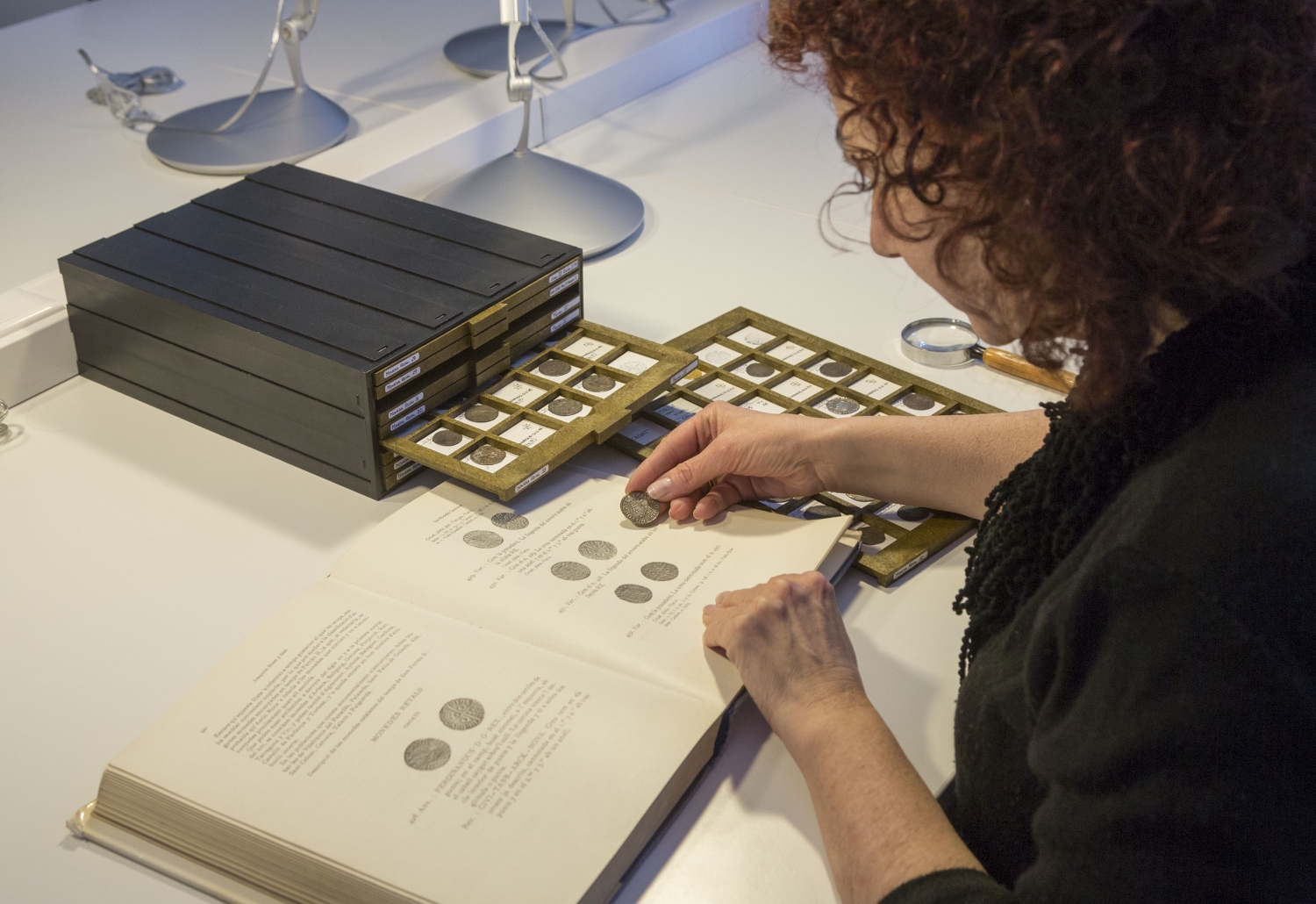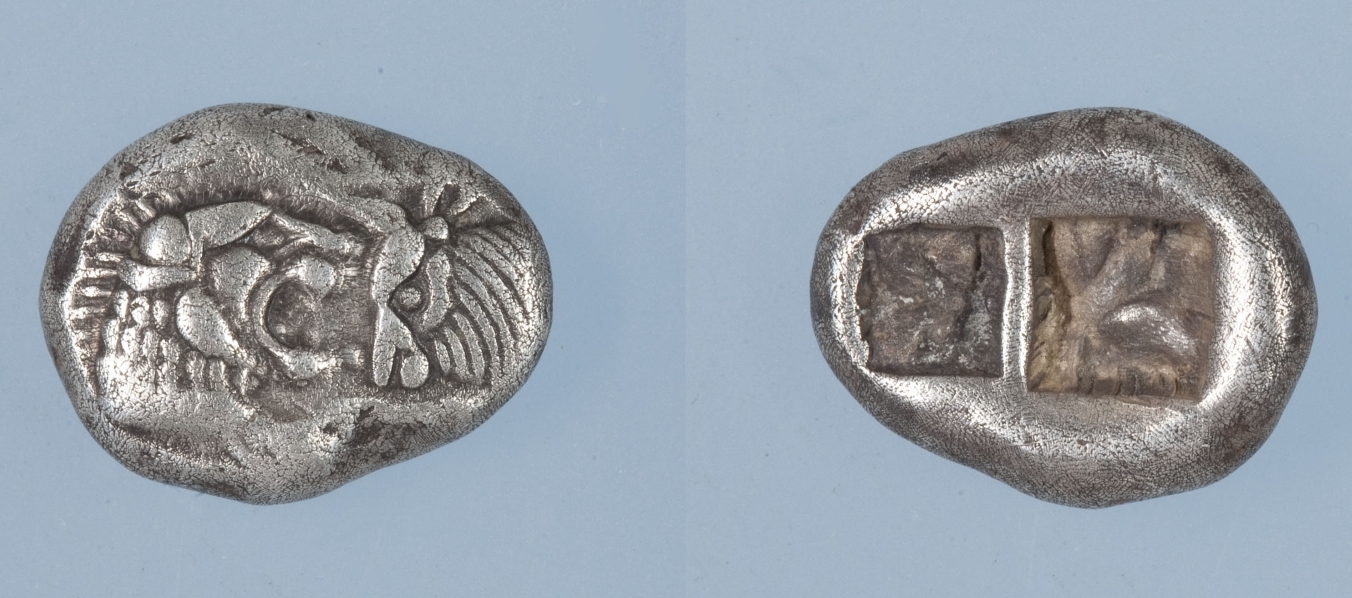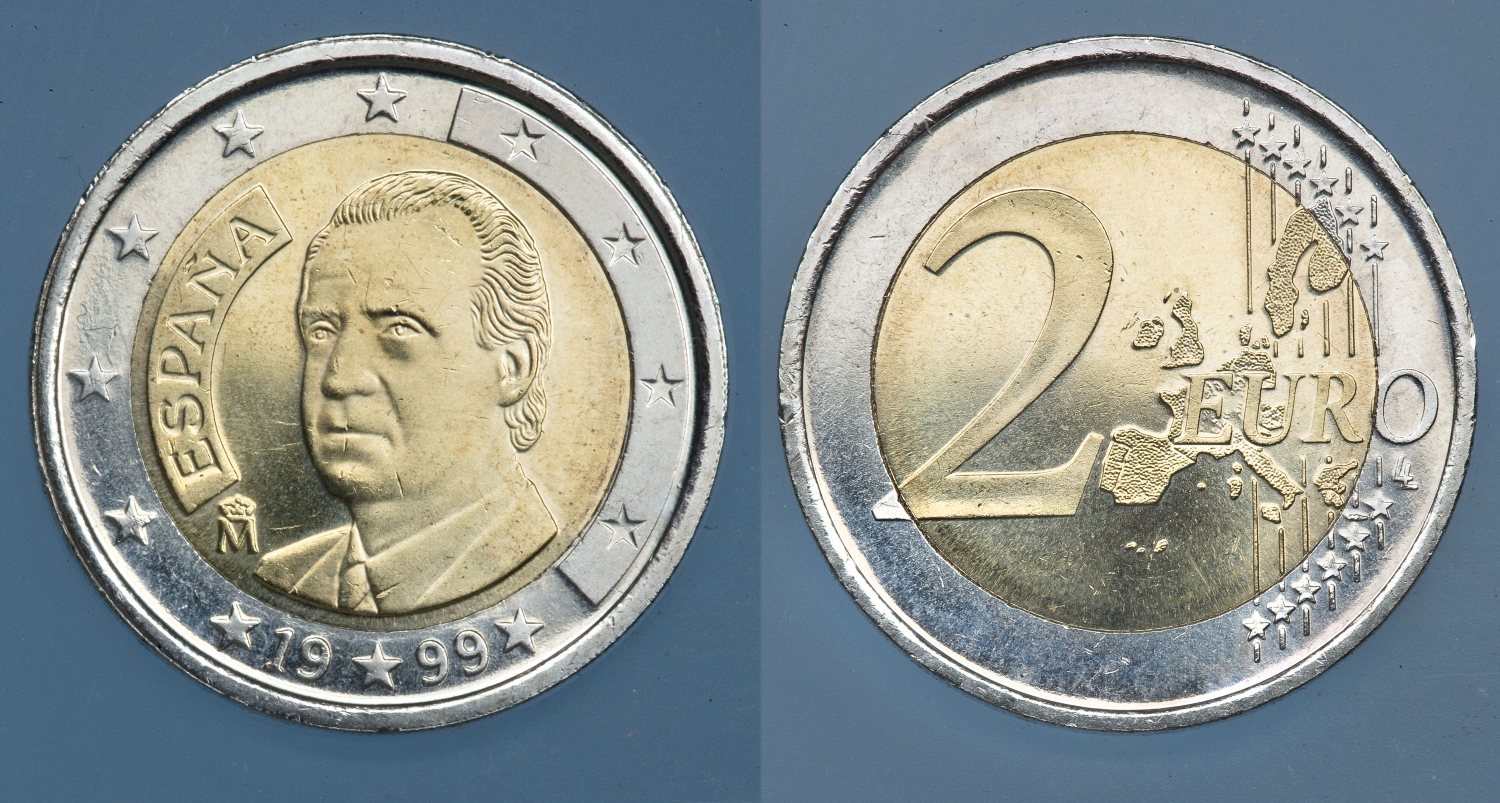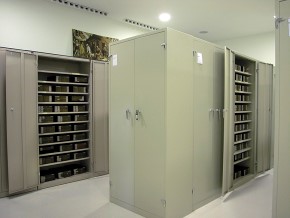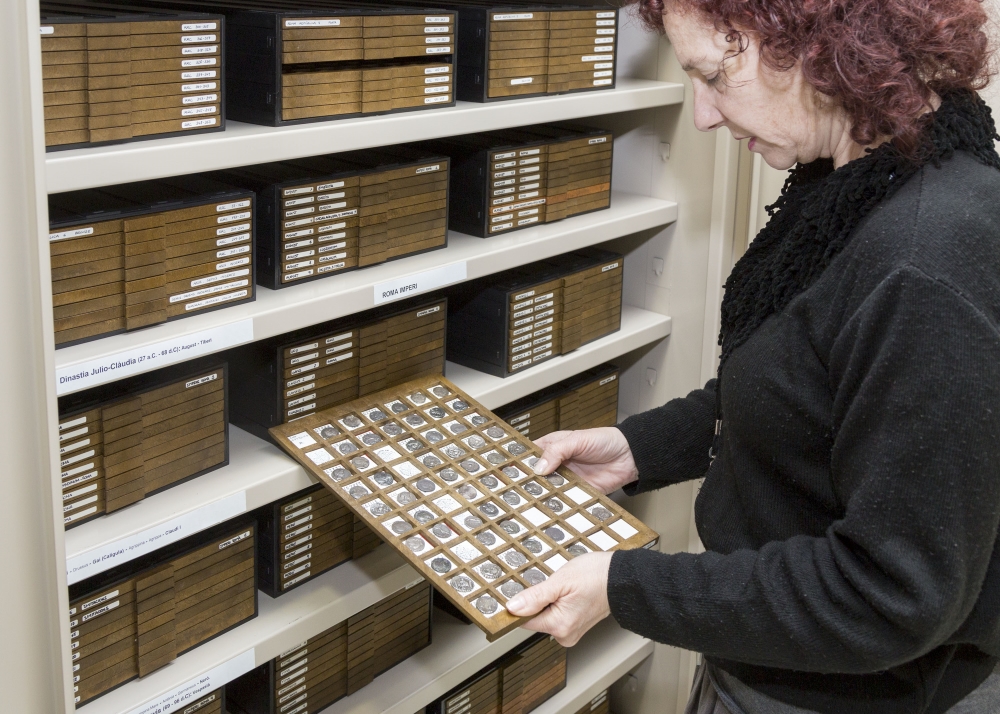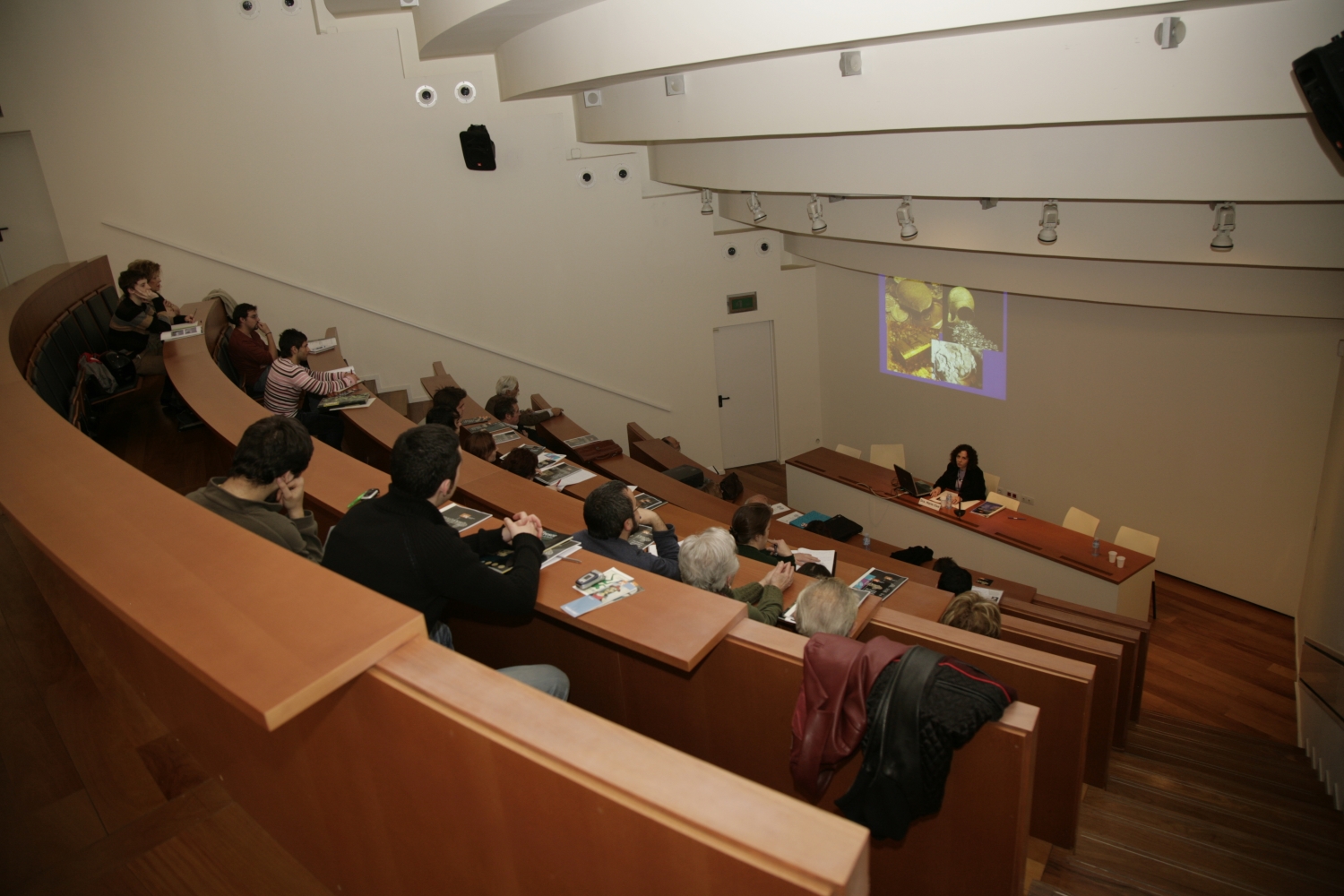Maria Clua
In the previous article, we saw that one of the jobs of a numismatist is to record, classify and study, but what else is done at the Gabinet Numismàtic de Catalunya (Numismatic Cabinet of Catalonia – GNC) once we have the main data and the identifying details of the piece inside the collection management system? This is what we’ll see in this second part.
Placing in order and keeping
All the objects making up the GNC’s collections, as I have said, have a correlative registration number, but that does not mean that they are kept in this order in the reserve. The pieces are conserved according to their type: coins, value paper, medals, metrology, sigillography … and in chronological or historical and geographical order in each group. If we take coins as an example, we find them placed in order in the reserve beginning with the oldest pieces minted up to the present day.
So we begin with Greek issues and the pieces of Punic tradition. From hereon what was minted in the Iberian Peninsula is presented individually: coins of Emporion and Rhode, followed by indigenous mints (Iberian, Celtic, Punic-Carthaginian), Roman productions (republic, provincial and imperial), the Germanic peoples and the Visigoths.
From the eighth century onwards the division is made according to the historical and territorial characteristics of the Peninsula, on one hand. Thus we shall find the issues of Al-Andalus and we shall begin two branches from the Catalan and Castilian-Leonese series onwards, which will advance chronologically and get larger depending on how the kingdoms and reigns developed. For example: after the coins issued in Catalonia we shall find the pieces minted in the Crown of Aragon and after those produced in Castile-León we shall find the Castilian issues up to Ferdinand and Isabella, then those of the Habsburgs and the Bourbons, which involves the coins made in both Hispanic territory and in America and the European possessions.
With regard to coins minted in the rest of the world, we find them in the reserve by continents: Europe, America, Africa, Asia and Oceania. Then, within each of these, by countries – in alphabetical order – and according to historical and chronological events. All the other objects conserved in the GNC are placed in order according to the same criterion, chronology and place of issue or production.
Conservation
All the pieces in the GNC’s collection are kept in the GNC reserve, a place whose temperature and humidity are kept stable, where conditions for the safekeeping of the objects, whether of metal or paper, are optimum. The metal collection is protected in small boxes with trays, which we call monetaris. All the other objects are in cupboards and filing cabinets.
As a general rule, in museums every piece is initialled and labelled. In the case of numismatic materials this is not possible, due to their small size, although in some old collections one can find the odd piece initialled in Chinese ink. In the majority of numismatic cabinets, in order to associate the piece with the identifying data, the registration number and the basic physical data (mentioned already in part one of the post), a kind of tag is used, a separate piece of paper where the information is written. In this way the piece is not damaged.
Studying and disseminating the collections
One of the chief tasks of a numismatic cabinet conservator is to study the collection, guess the piece’s raison d’être and its significance in history. This is what conserving an object in a cultural institution is all about, bearing witness to the past.
Numismatic materials, despite generally being small objects, have a long history, which is reflected in the images and inscriptions on the obverse and reverse. Place of issue, the authority who ordered them to be minted, the image of power, art of the time, portraits, symbols and epigraphs that are direct testimonies to a period. Moreover, if a numismatic object has been found on an archaeological site, it supplies information that can place the site in context. For all these reasons it is important for a conservator to be able to explain the background of numismatic objects. In the case of the GNC we do so through exhibitions, courses and conferences.
Exhibitions
The GNC has had a permanent exhibition open to the public since 2004: 27 vitrines that display what has been minted and has circulated in Catalonia since the sixth century BC to the present day. It is a historical and numismatic display that sets out to explain the monetary history of Catalonia throughout the ages to visitors.
As the permanent exhibition covers a broad chronology and each vitrine is merely a small sample, we also have a temporary exhibitions room that enables us to go into greater depth in different series and themes, like for example, Mediterranean coinage in the Middle Ages, the coinage of the Iberians, gods and myths in the coinage of Antiquity, coinage of the Napoleonic Wars or historic medals.
Numismatic objects are also present in the museum’s rooms, interacting with the other collections: coins, medals and banknotes, which with their more artistic expression are part of the art of each period.
Another important task of the GNC’s conservators is helping to choose materials for temporary exhibitions organized by other institutions, as well as giving guidance when it comes to presenting the material, to make it understandable and visible for the public.
Conferences, courses, advice
We also disseminate the collections through courses and conferences. Lectures and practical classes look in greater detail at specific themes and aspects of the territory’s monetary history. Throughout the year the GNC organizes courses and seminars open to anyone who is interested in numismatics and the history of coinage, and for university students who wish to learn a bit more with a direct testimony of our past. Participation at national and international congresses allows us to display the collections of the GNC in a specialist field, which encourages the pooling of materials and lines of research.
We also attend to researchers who are doing specific studies and have to consult the numismatic collection and the specialist library, part of the museum library. But it’s not all visits by specialists, as we also get questions from private individuals who have found a piece and want to identify it, archaeologists who have coins found in excavations and have to record them, as well as advising other institutions.
The Museum website
Through the Museu Nacional website the GNC can be seen as part of the museum organization: the publications, exhibitions past and present and the department’s activities. Moreover, you can also consult, via the online catalogue, a sample of the collections we conserve. Through the GNC’s page you can contact us to ask questions or make suggestions.
In conclusion, the work of a museum numismatist, a conservator, ranges from weighing a coin or entering the data in a computer program, to exhibiting it or explaining it, but above all taking care of a patrimony so small that it fits in a box, but with more than a “thousand” stories behind it.
Related links
A numismatist? What’s a numismatist?/1
The ancient currency. XXVIII Documentation course
Médailles et Antiques de la Bibliothèque nationale de France
Gabinet Numismàtic de Catalunya

